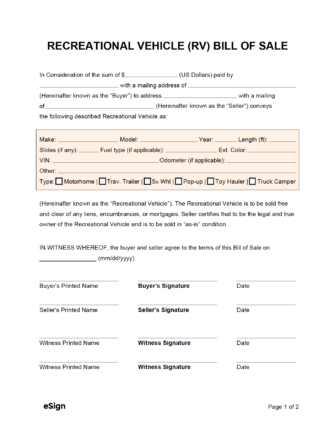

An RV (recreational vehicle) bill of sale is a legal form that accompanies a motorhome or travel trailer when sold from a dealer or by private sale. The document supplies the new owner with validation that they are the lawful owner, which they can use to register their new camper in the state in which they reside.
Can be used for:
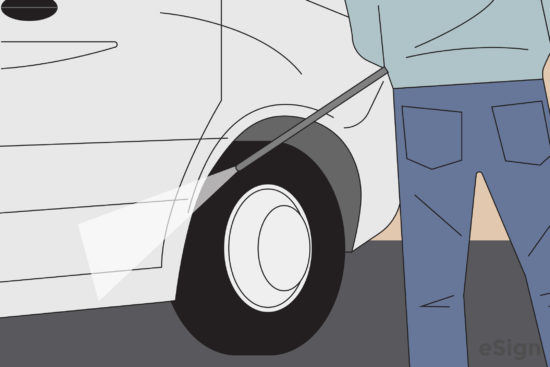
Give your RV a thorough once over. Test the lights, generator (if applicable), and any other features or electronic components included in your camper. Check all seals, feel for soft spots, and look for signs of rot or mold. Those attempting to sell a severely worn or damaged RV may find it easier to sell it as-is. Even if one could get a higher selling price for their rig, the time, energy, and cost of repairs will rarely be worth while.
Download Changin’ Gears’ RV Inspection Checklist.doc for a comprehensive list of items to check prior to listing your RV for sale.
Give the RV a full wash. Using a soft, long-handled brush allows one to avoid using a ladder. Clean the windows, vacuum the carpet, remove obvious stains, and give considerable attention to the kitchen and bathroom (if it’s equipped with either). Don’t skip around this part of the selling process. Unlike repairs, this step is virtually free and only requires some elbow grease. Once fully cleaned, break out the camera and take photos of the camper from all angles. Take photos of any damage – buyers will appreciate the honesty, and it reduces the stress of showing the camper in person to potential buyers.
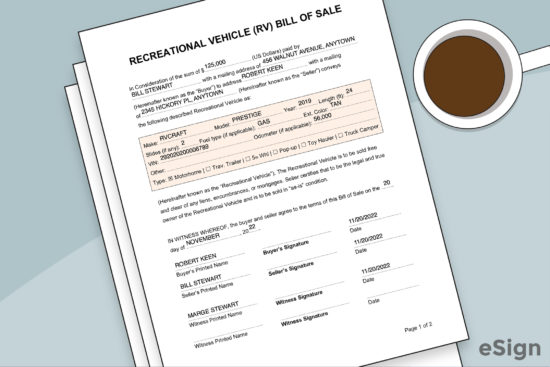
Trailers and motorized campers share similar requirements in the types of paperwork required for the sale. Nevertheless, the seller should head to their state’s DMV website to see while documents are required. Trailers that fall under a specific weight, for instance, don’t have to be registered in some states. To play it safe, gather and organize the following documentation:
One way or another, the lien will need to be paid in full in order for the financial institution to release the title. The seller should be transparent with prospective buyers that the RV has a lien, as the sales process is more involved than simply signing over the title. Contact the financier and inform them of the situation. They will be able to provide instructions and potentially offer the parties the option of meeting at the bank where the transaction can be completed.
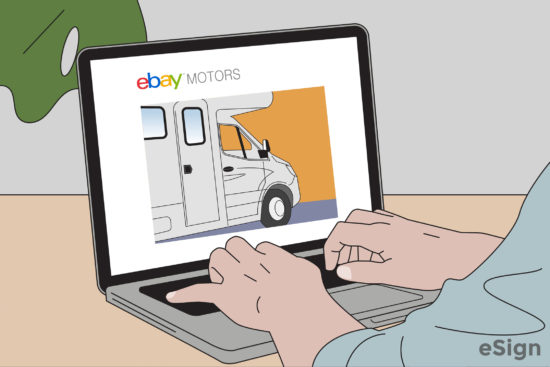
The seller doesn’t need to limit their advertising to one area. Digital, physical, and word-of-mouth advertising can improve the likelihood of finding an interested buyer. If the owner will be using their RV while selling it, placing a sign on the window is free advertising to the exact demographic that shops for new and used trailers and motorhomes. As for digital (online) advertisements, there are paid and free options, which each have their own pros and cons. These include:
A common mistake is pricing the camper for what the seller feels its worth, instead of a reasonable rate based on current pricing metrics. Don’t just “let it sit” – the longer a listing is online, the likelihood of finding a buyer decreases. Why? Those in the market for an RV can see the listings that don’t move. If it’s been sitting for over a month, one would assume it has a serious issue or another fatal flaw.
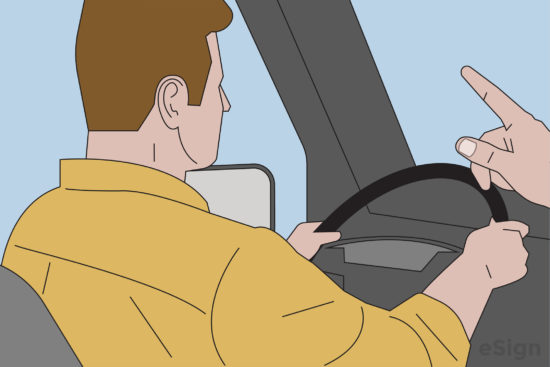
Once the ad(s) are live, the seller will know relatively fast if their camper is priced right. While market conditions and the desirability of the model come into play, a fairly priced RV should begin receiving attention from prospective buyers almost immediately. Be responsive to inquiries, and set up showings at the earliest time that works for both parties. Don’t be afraid of setting up multiple showings in a single day if you have the time. Write down the lowest price you’ll accept and remember it while negotiating. Some buyers are ruthless and will attempt to get a lower price by any means necessary. Stand firm, and stop the negotiation if the buyer refuses to come to the minimum price you set. Once a price has been agreed on, it’s time to complete the sale.
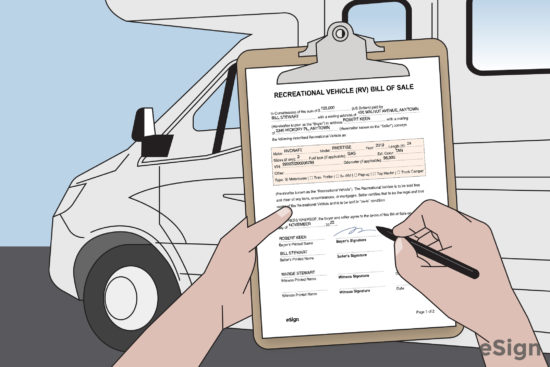
Take the completed bill of sale from Step 2 and enter the buyer’s name and address, followed by the agreed-upon selling price of the RV. Don’t sign it until the buyer has made the full payment for the camper. Once payment is received, the buyer and seller will need to sign the document. Check your state laws to see if the bill of sale and/or the RV’s title needs to be notarized. If so, both the buyer and seller will need to locate a local notary to witness their signatures. Alternatively, the document can be notarized by saving the completed form to your computer or smartphone, and by clicking “Notarize” on the eSign homepage.